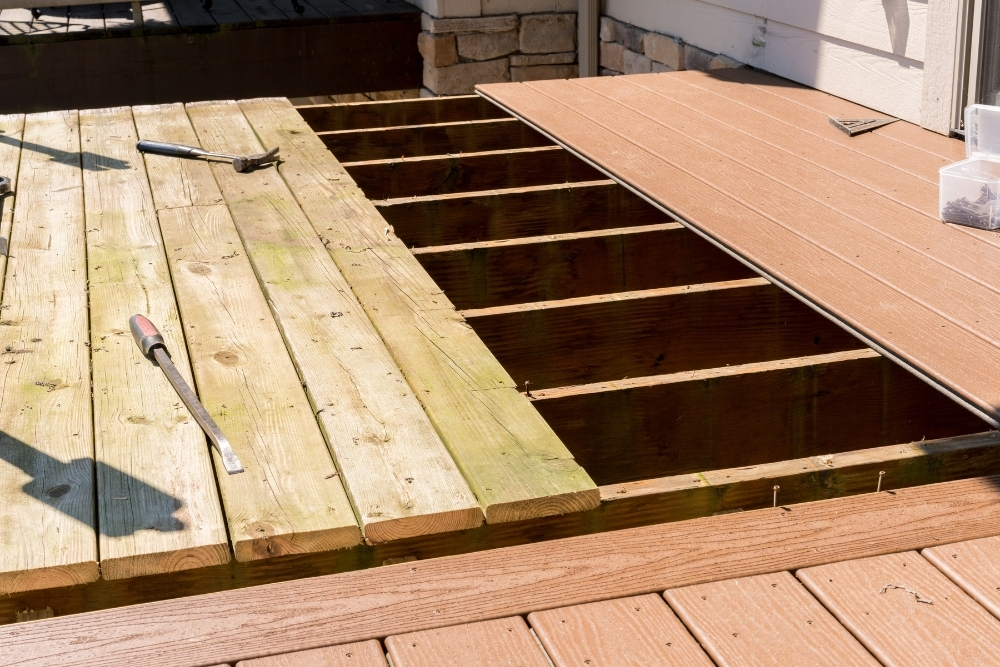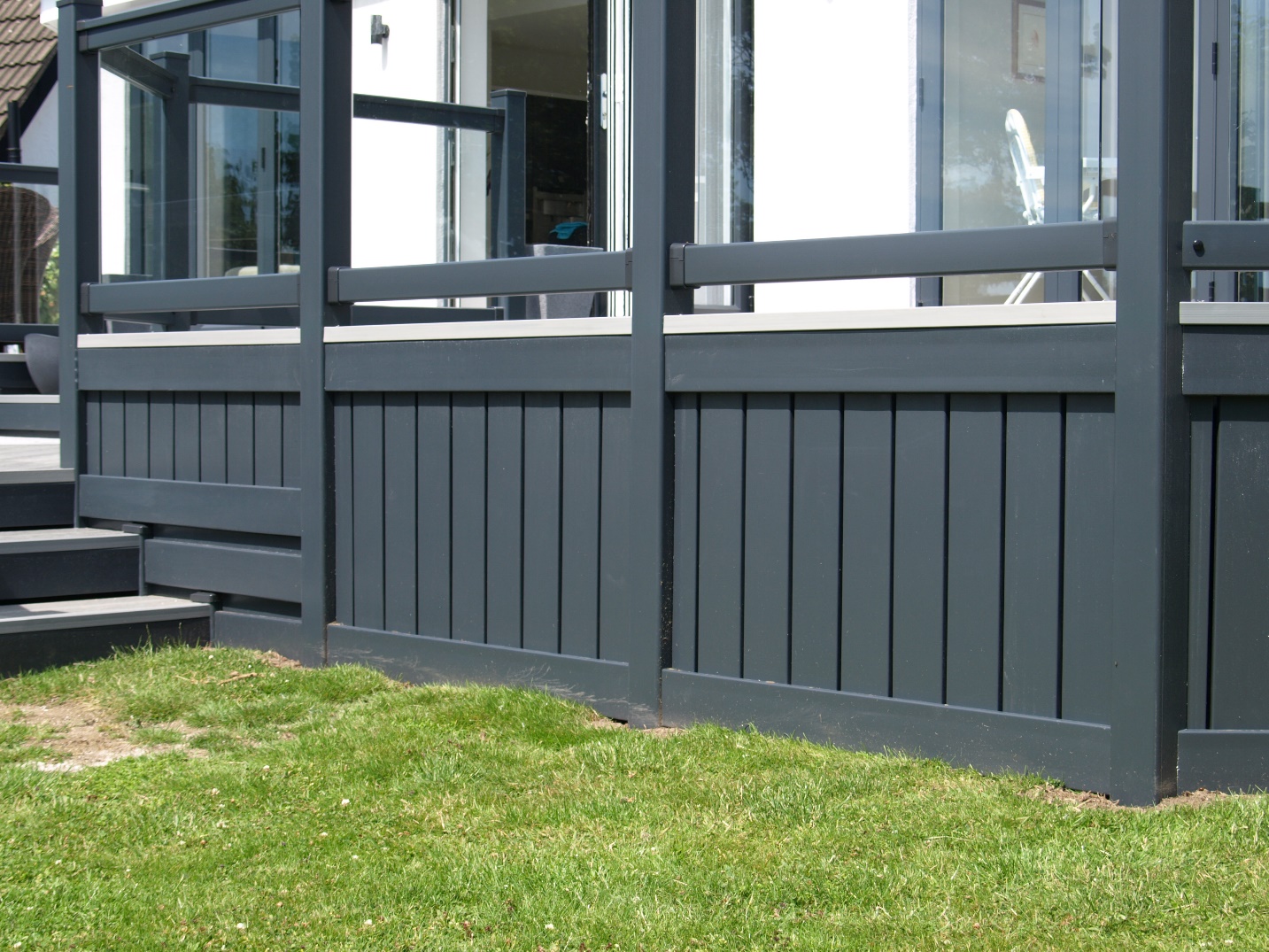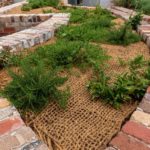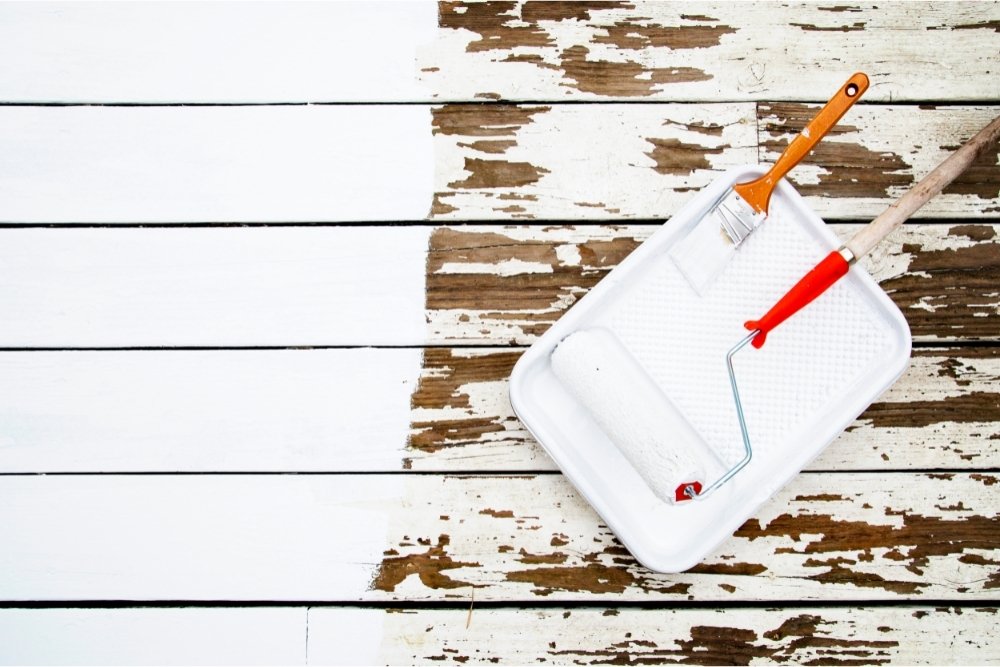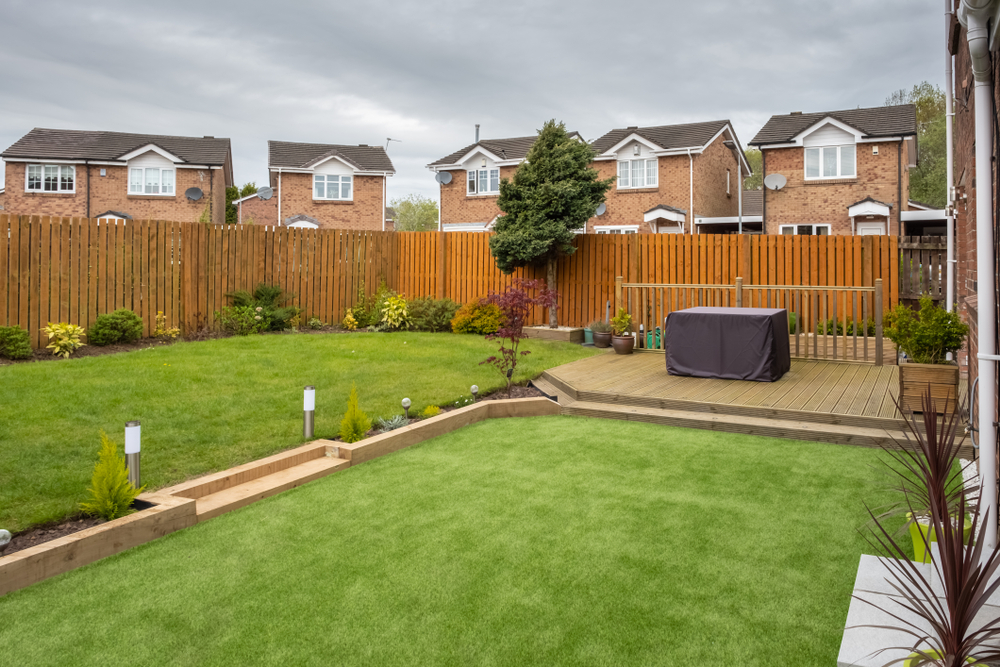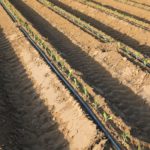Mulch is a fantastic way to protect your plants and improve the look of your garden. But if you’re considering adding mulch to a garden with drip irrigation lines, you may be wondering whether to cover the drip lines with the mulch.
Covering your drip irrigation system with about 2-3 inches of mulch is beneficial because the mulch will protect your water from the sun. This prevents evaporation and further conserves the water in your irrigation system. It can also help conceal hoses, improving the aesthetics of your garden.
Let’s take a closer look at why covering your drip irrigation system with mulch will beneficial, as well as some alternative ways to hide your irrigation system.
Can You Cover Drip Irrigation With Mulch?
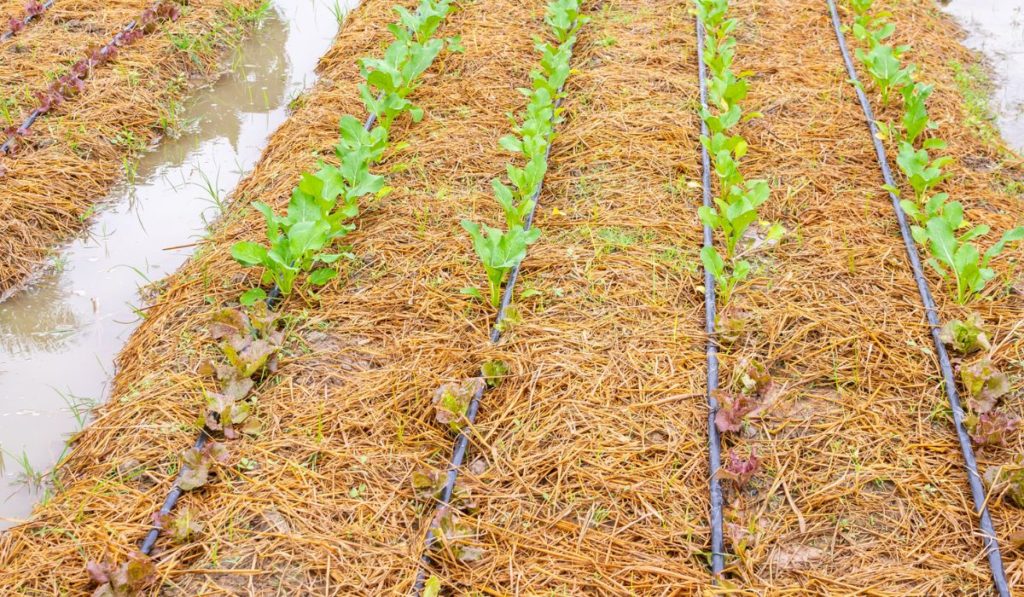
Not only can you cover drip irrigation with mulch but it’s actually recommended that you do. Covering your drip lines with mulch (including dry grass clippings, straw, hay, or compost) will work to conserve even more water since it will protect the water from evaporation.
There are also other benefits to covering your drip irrigation with mulch. Putting mulch in between plant rows will actually limit the growth of seasonal weeds.
The mulch will create shade over your soil, which will, in turn, prevent weeds from germinating. In order for this to happen though, you first need to remove all weed seed from your mulch before putting it down.
The type of mulch you use can also create different benefits. For example, if you live in a colder climate, black plastic mulch (on Amazon) will actually absorb heat and warm the soil better. Organic mulches, meanwhile, tend to break down and release nutrients into the soil. There are many such benefits to mulching your soil.
Does Drip Irrigation Go Over or Under Mulch?
When applying mulch to your drip irrigation system, it’s recommended that you place the mulch over the drip lines. Try to cover your drip lines with about 2 to 3 inches of mulch. This will make the area look much more pleasant to the eye while also keeping the hydration in the soil around the drip lines.
It’s very important to note that you should look into what kinds of mulch are best for what you’re trying to grow as well as the area you’re in.
Other Ways to Cover Drip Irrigation
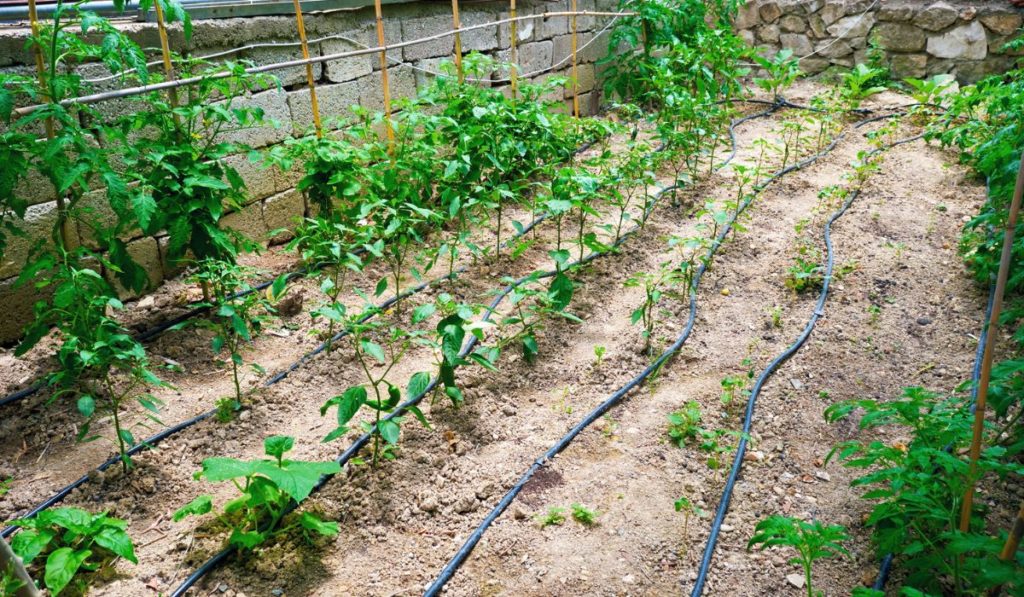
If you’re still hesitant on the idea of covering your drip lines with mulch, there are some other options that you might prefer. Let’s go through a few other ways to hide your drip irrigation system from sight to help you decide what’s right for you.
Use Color
This method is one of the easiest ones to pull off. Simply change the color of your drip lines to match their surroundings. If you’re installing drip lines in a grassy area, you should use green hoses (on Amazon).
If you’re installing drip lines on dark dirt or earth, you should use black or brown hoses (both on Amazon). This will cause your drip lines to blend in with their surroundings rather than standing out. You may notice them because you’re aware of their presence, but your guests won’t have their eyes drawn to the hoses.
If you can’t find a hose in the exact color you need, you can also use clear hoses. These will blend into any environment, due to the fact that they’ll take the color of whatever they’re placed on.
The only problem with clear hoses is that they tend to break down in extreme heat or cold, so unless you live in a temperate climate, these are not recommended.
Bury Your Hoses
If you don’t like the look of mulch, you can also just bury your drip lines. Simply cover the hoses with about 4 or 5 inches of soil, and you won’t be able to see them anymore.
When you do this, it’s recommended that you replace your hoses with brightly colored ones. This way you won’t accidentally dig into them if you’re ever digging around them. A bright orange hose could be great for this.
Run Hoses Through Raised Beds
This tip is more useful if you haven’t actually made your garden yet. When setting up your garden, run your drip lines below or through any raised beds that you may use.
This technique will actually help conserve water, as you will be watering the plants in these raised beds right at the roots.

